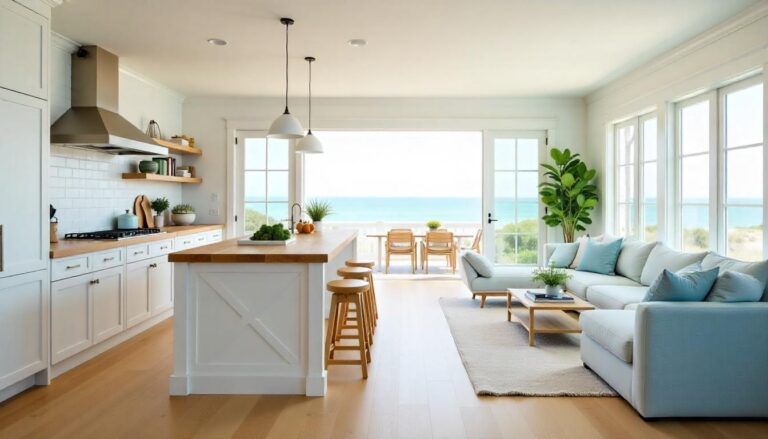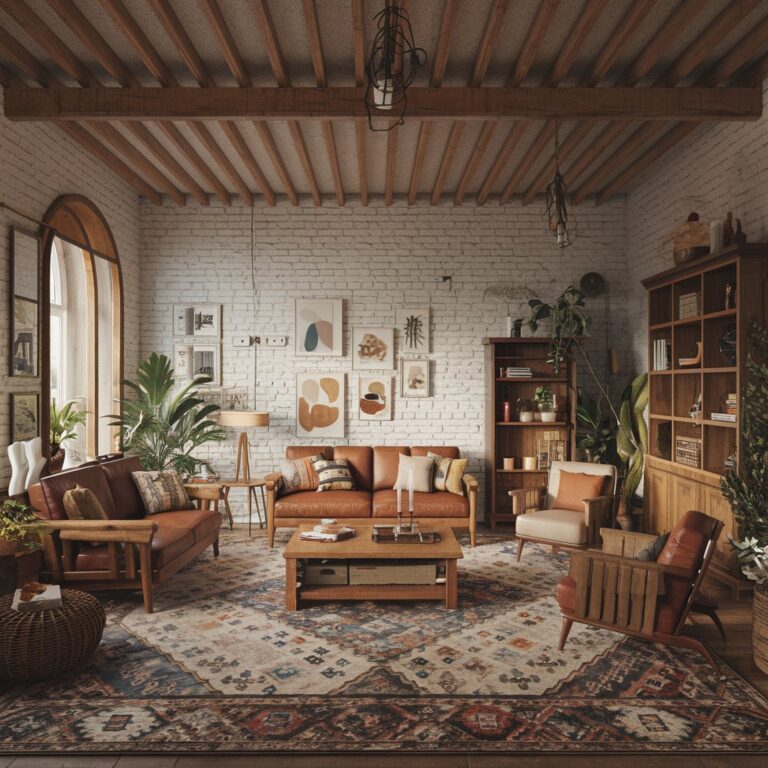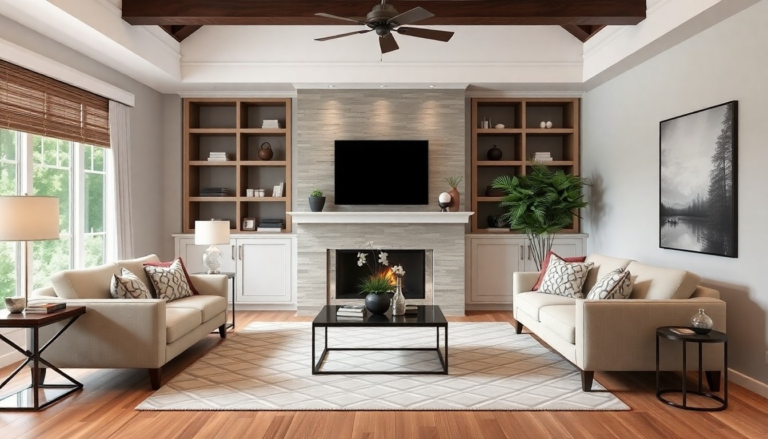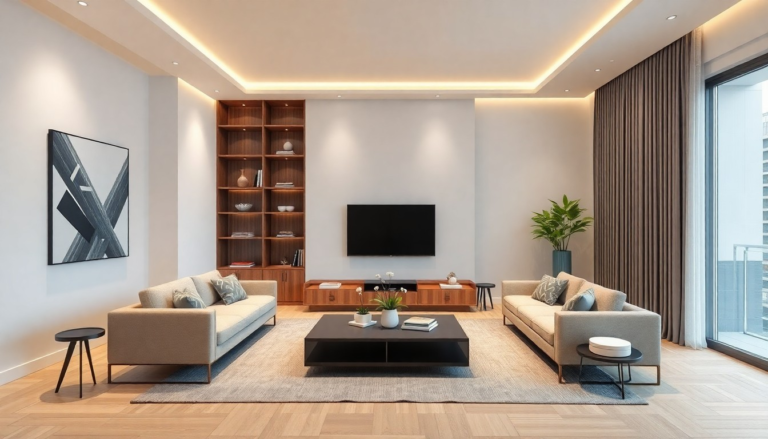25 Best Minimalist Living Room Ideas: Simplify Your Space with Style
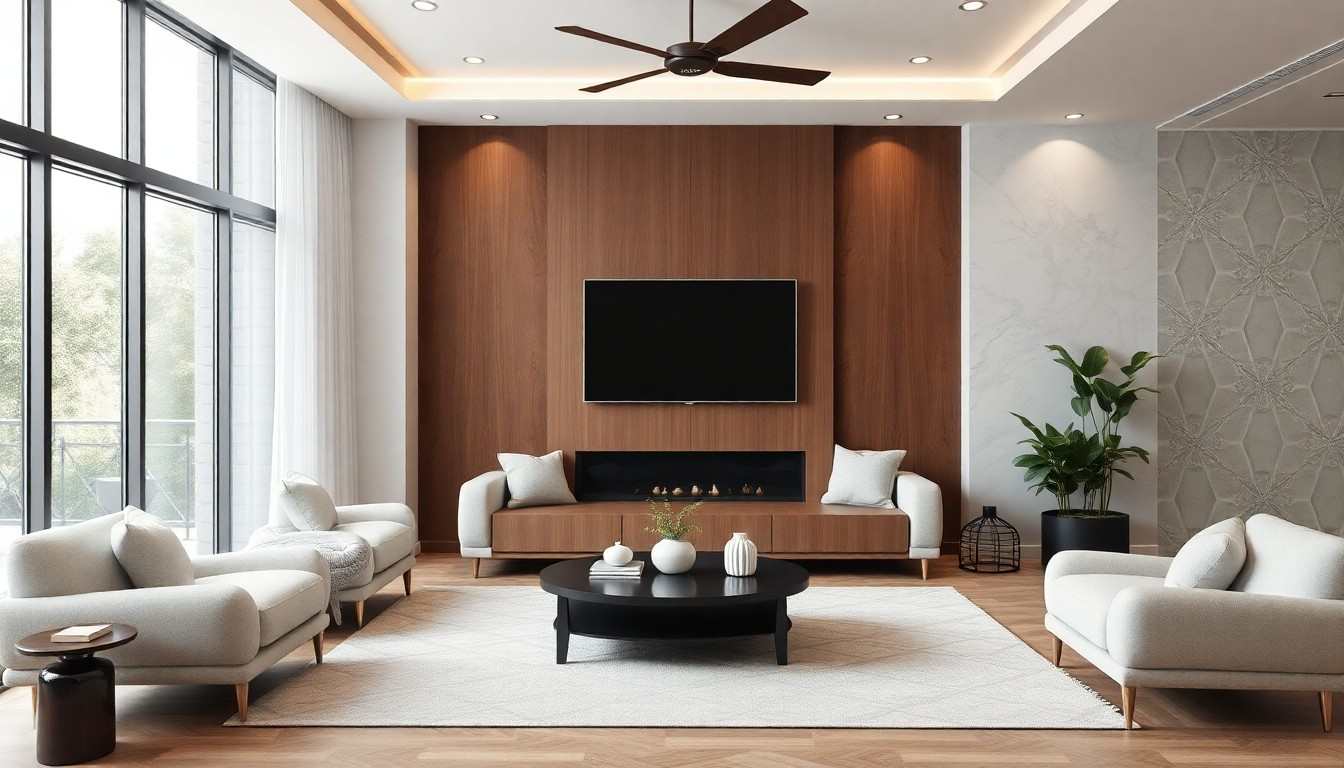
Minimalism isn’t about living in a cold, empty space—it’s about intentional design, simplicity, and functionality.
A minimalist living room strips away clutter, leaving behind only what’s essential and beautiful.
If you’ve ever felt overwhelmed by too much stuff, a minimalist approach can transform your space into a sanctuary of calm and style.
Here are 25 ideas to help you achieve a minimalist living room that’s sleek, sophisticated, and effortlessly stylish.
1. Stick to a Neutral Color Palette
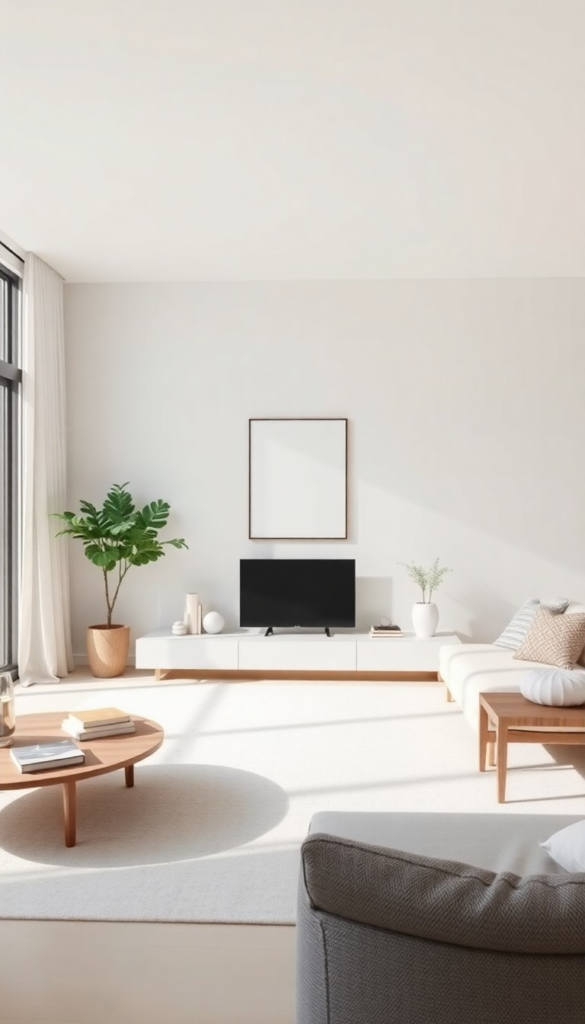
Minimalist spaces thrive on neutral tones like white, beige, soft gray, and muted earth shades.
These colors make a room feel open, airy, and timeless.
If you crave contrast, add subtle accents in black, deep navy, or forest green to anchor the space without overwhelming it.
2. Choose Furniture with Clean Lines
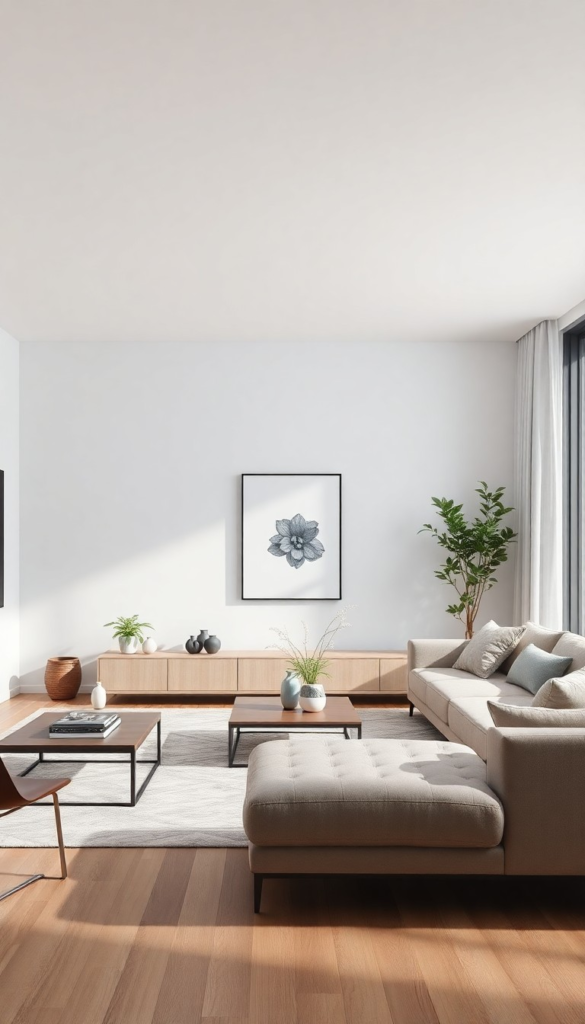
Avoid bulky, overstuffed furniture and opt for sleek, low-profile pieces.
A modern sofa with thin legs, a streamlined coffee table, and a simple accent chair can make a room feel effortlessly elegant while keeping the look light and uncluttered.
3. Embrace Negative Space
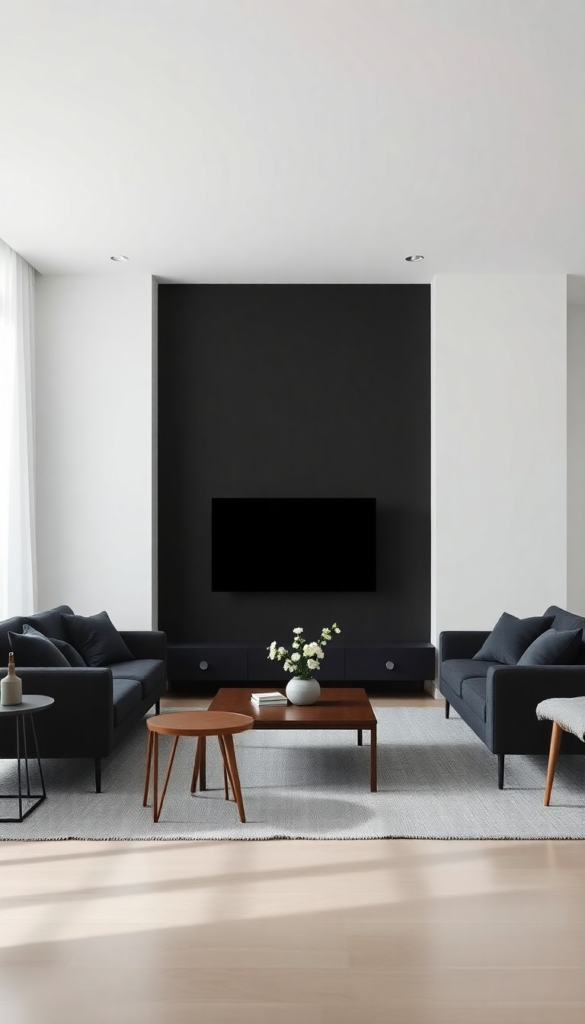
Not every inch of your living room needs to be filled. Let the room breathe by leaving some areas intentionally bare.
This enhances the sense of openness and allows the elements that are there to stand out.
4. Invest in Multi-Functional Furniture
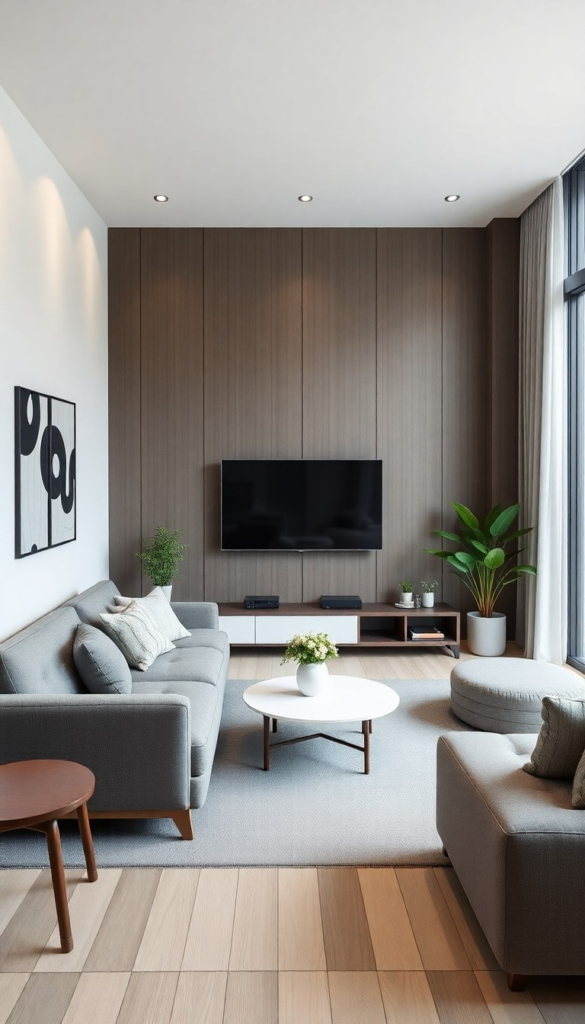
A minimalist living room should be both beautiful and practical. Look for pieces that serve more than one purpose, like:
- A storage ottoman that doubles as a coffee table.
- A sofa bed for accommodating guests.
- A nesting table set that saves space when not in use.
5. Prioritize Quality Over Quantity
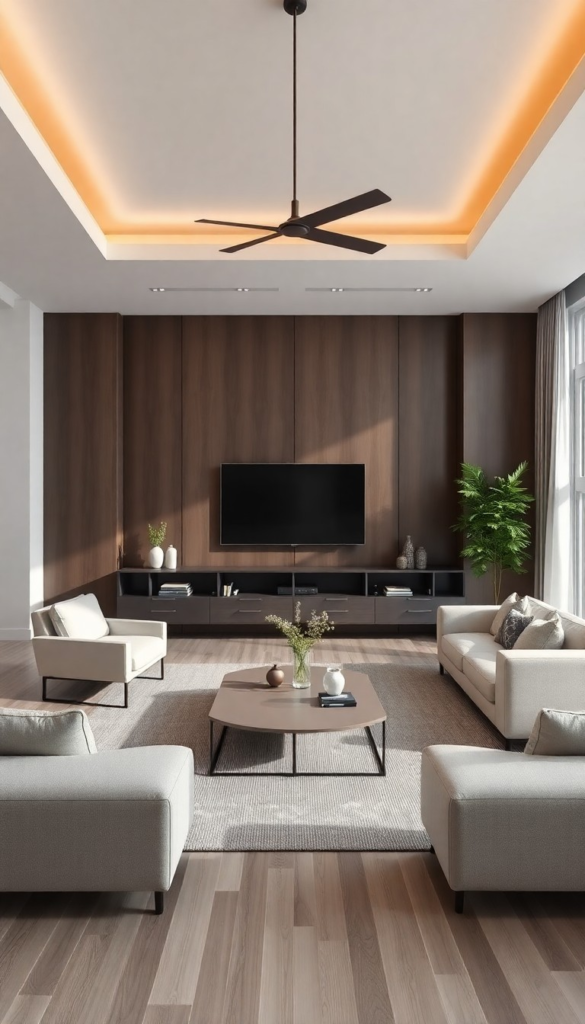
Minimalism isn’t about having less for the sake of it—it’s about curating a space with only the best.
Instead of filling your room with trendy but cheap decor, invest in high-quality furniture and timeless pieces that will last for years.
6. Keep Surfaces Clutter-Free
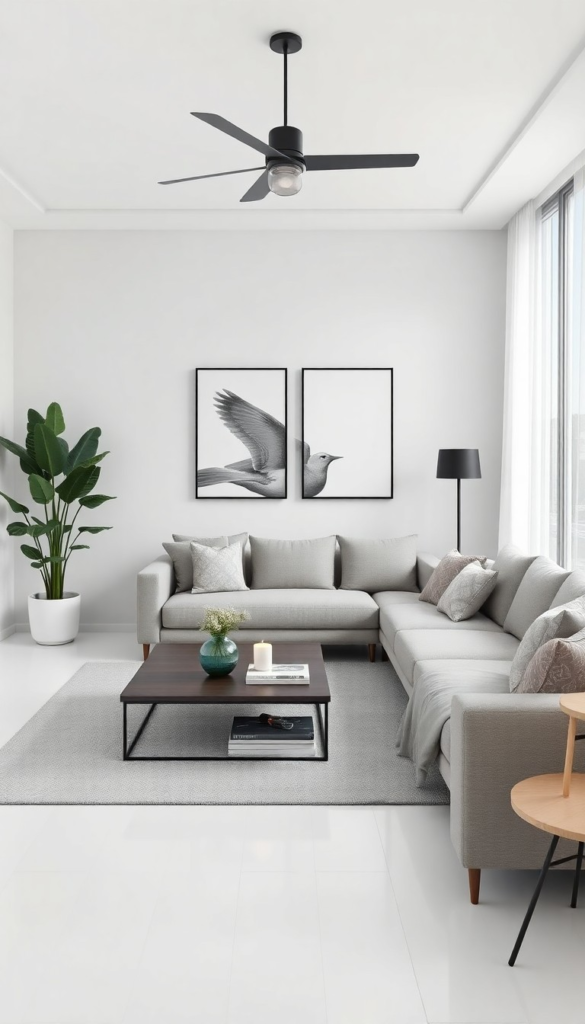
A minimalist living room should have as few decorative items as possible on surfaces like coffee tables, sideboards, and shelves.
Instead of a mix of knick-knacks, go for one or two statement pieces, like:
- A single ceramic vase with fresh greenery.
- A sculptural lamp that doubles as decor.
- A tray with a candle and a book for a cozy yet simple look.
7. Use Hidden Storage Solutions
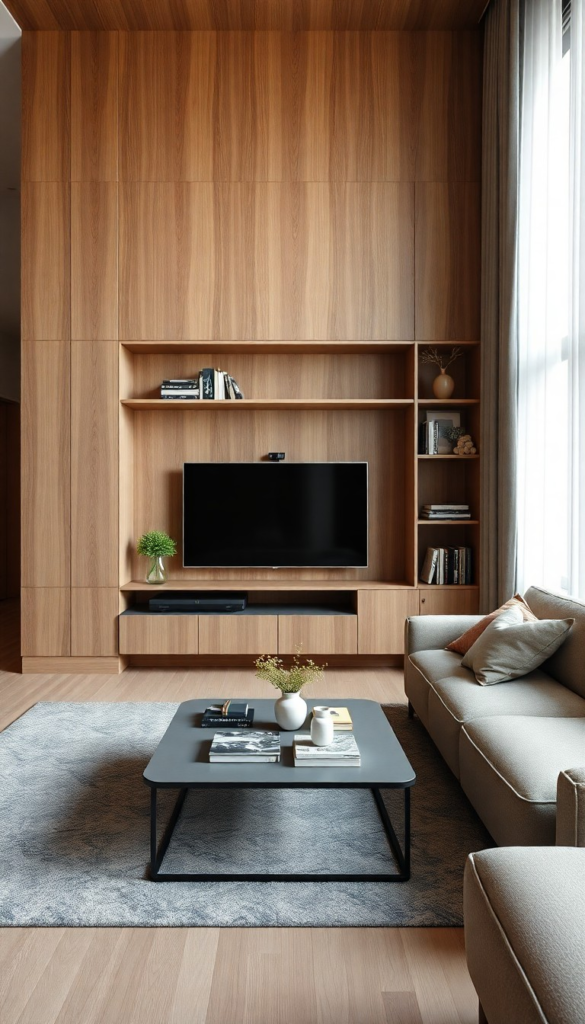
Minimalist doesn’t mean you can’t have things—it means you store them out of sight. Look for hidden storage in:
- Built-in wall units for a seamless look.
- Coffee tables with compartments for remotes and magazines.
- Floating shelves that display only your most essential items.
8. Opt for a Statement Light Fixture
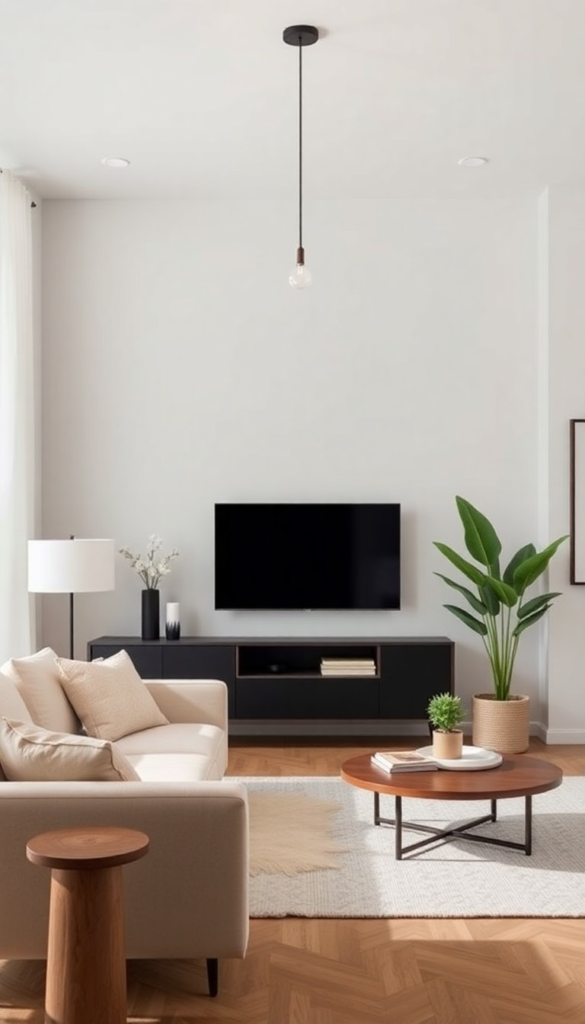
Lighting is essential in minimalism.
Instead of multiple decorative lights, choose one sculptural piece—a pendant light, modern chandelier, or arc floor lamp—to act as a focal point while keeping the rest of the space clean and uncluttered.
9. Use Large-Scale Art Instead of Gallery Walls
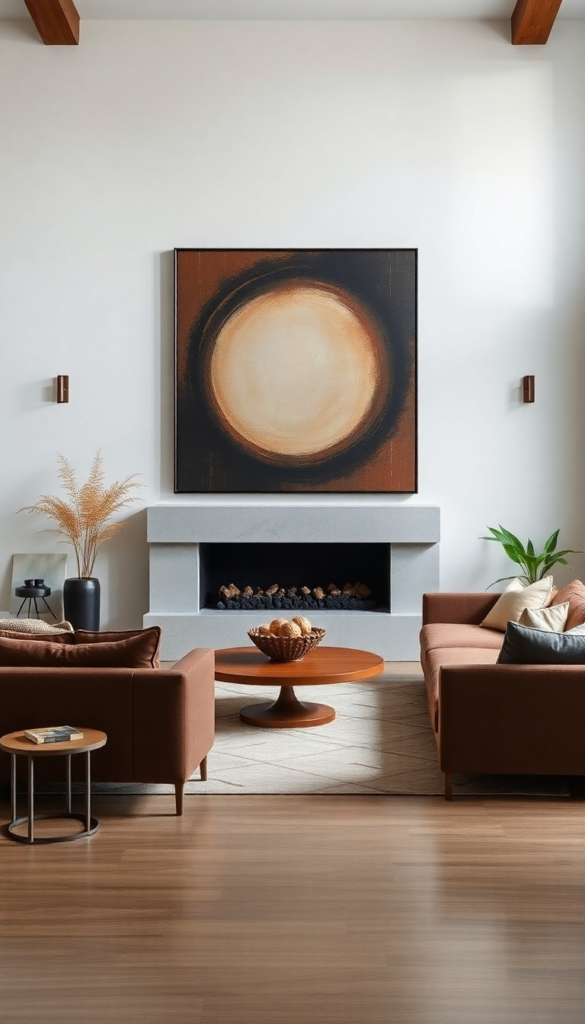
Gallery walls can sometimes feel too busy for a minimalist space.
Instead, opt for one oversized artwork that brings impact without overwhelming the walls.
A black-and-white abstract painting or a simple landscape works beautifully.
10. Stick to a Simple Rug
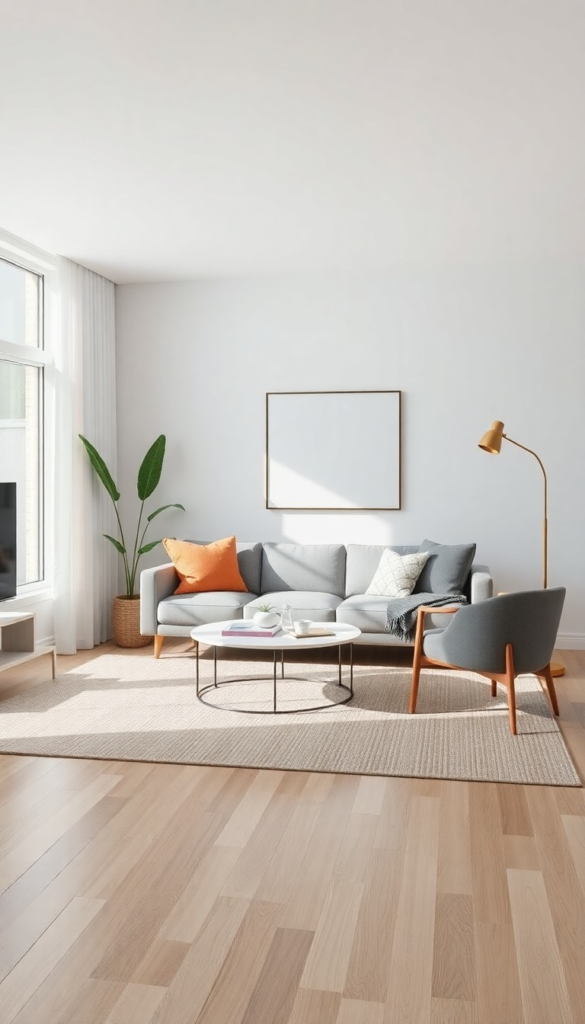
Choose a rug with a neutral color and subtle texture rather than bold patterns.
A solid wool, jute, or low-pile modern rug keeps the room looking serene while adding warmth underfoot.
11. Keep Window Treatments Minimal
Heavy drapes can make a room feel bulky and enclosed. Instead, opt for:
- Sheer curtains that allow natural light to flow in.
- Simple roller shades for a clean, modern look.
- No curtains at all, if privacy isn’t an issue.
12. Introduce Texture for Warmth
Minimalism doesn’t mean sterile. Add warmth and depth with textures like linen, wool, and natural wood.
A woven throw blanket, boucle accent chair, or raw-edge wooden coffee table can bring cozy character without visual clutter.
13. Keep Tech Hidden
Electronics can disrupt the calming aesthetic of a minimalist space.
Mount the TV on the wall or choose a media console with closed storage to keep cables, consoles, and devices out of sight.
14. Choose Modular or Low-Profile Seating
Instead of a bulky sectional, go for a modular sofa that can be rearranged or a low-profile couch that makes the ceiling feel higher and the room more open.
15. Limit Decorative Accessories
Too many small accessories create visual clutter. Instead of multiple trinkets, pick one or two meaningful pieces, such as:
- A handmade ceramic bowl.
- A single sculptural candle.
- A stack of neutral coffee table books.
16. Opt for an Open Layout
Minimalist design shines in open-concept spaces.
If your living room connects to a kitchen or dining area, use subtle furniture placement instead of heavy partitions to maintain flow and openness.
17. Add Greenery for a Touch of Life
A minimalist room doesn’t have to feel lifeless. Add one or two plants like:
- A tall fiddle leaf fig in the corner.
- A potted snake plant for an easy-care option.
- A small bonsai or succulent for a Zen-like vibe.
18. Stick to Symmetry for a Balanced Look
Symmetry helps maintain a sense of order and tranquility. Try arranging furniture in a balanced way, such as:
- Two identical chairs flanking a simple sofa.
- A pair of matching lamps on either side of a minimalist console table.
19. Use Built-In Storage Instead of Free-Standing Shelves
Built-ins make a space look seamless and custom while reducing the need for extra furniture.
If possible, install floating cabinets or custom shelving that blends with the wall color.
20. Keep Flooring Simple and Light
Dark or patterned flooring can make a space feel heavy.
Stick to light wood, polished concrete, or simple tiles to keep the room feeling bright and spacious.
21. Use Monochrome Decor for a Cohesive Look
A monochrome palette enhances the minimalist aesthetic. Stick to shades of the same color for furniture, decor, and accessories.
A room with shades of white, beige, and taupe will always look effortlessly elegant.
22. Limit the Use of Bold Colors
Minimalist spaces typically avoid bright, overpowering colors. If you love color, introduce it in small doses, like:
- A single rust-colored pillow on a neutral sofa.
- A muted green accent chair in a soft-toned room.
- A subtle pastel throw blanket for warmth.
23. Avoid Overcrowding the Space
Even the most beautiful furniture can feel overwhelming if there’s too much of it.
Keep only the essentials—a comfortable sofa, a simple coffee table, and a minimal media unit.
24. Introduce Architectural Interest
If your space feels too simple, add architectural elements like:
- Wainscoting or paneling for subtle texture.
- A fireplace with a sleek design as a focal point.
- Exposed beams for a minimalist yet warm feel.
25. Let Natural Light Be the Star
Minimalist spaces thrive on natural light.
Keep windows unobstructed, use mirrors to reflect light, and opt for soft, warm lighting instead of harsh artificial bulbs.
A minimalist living room is about simplicity, intention, and beauty.
By keeping only what you love and need, your space becomes a peaceful retreat where every detail feels purposeful.

